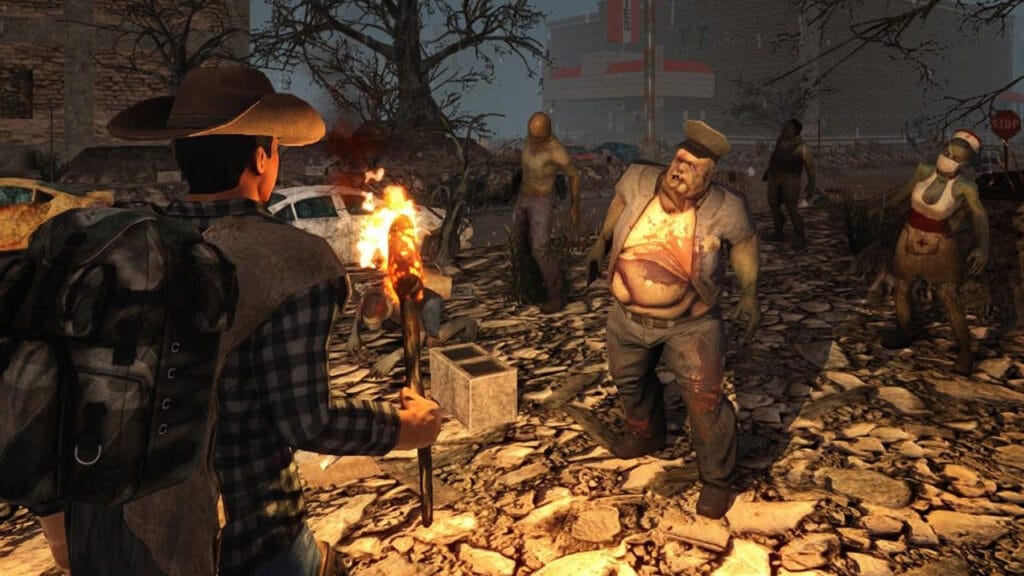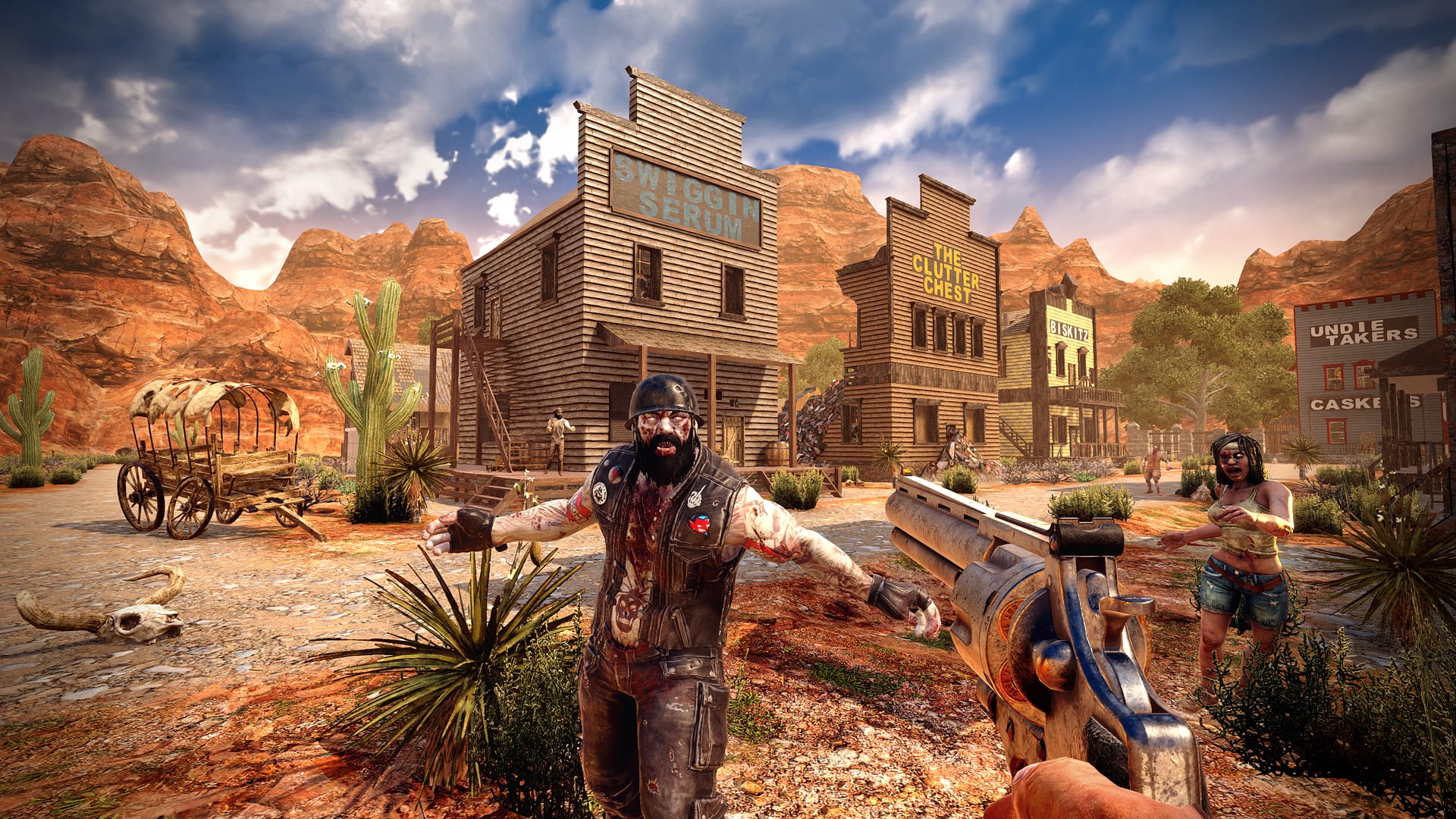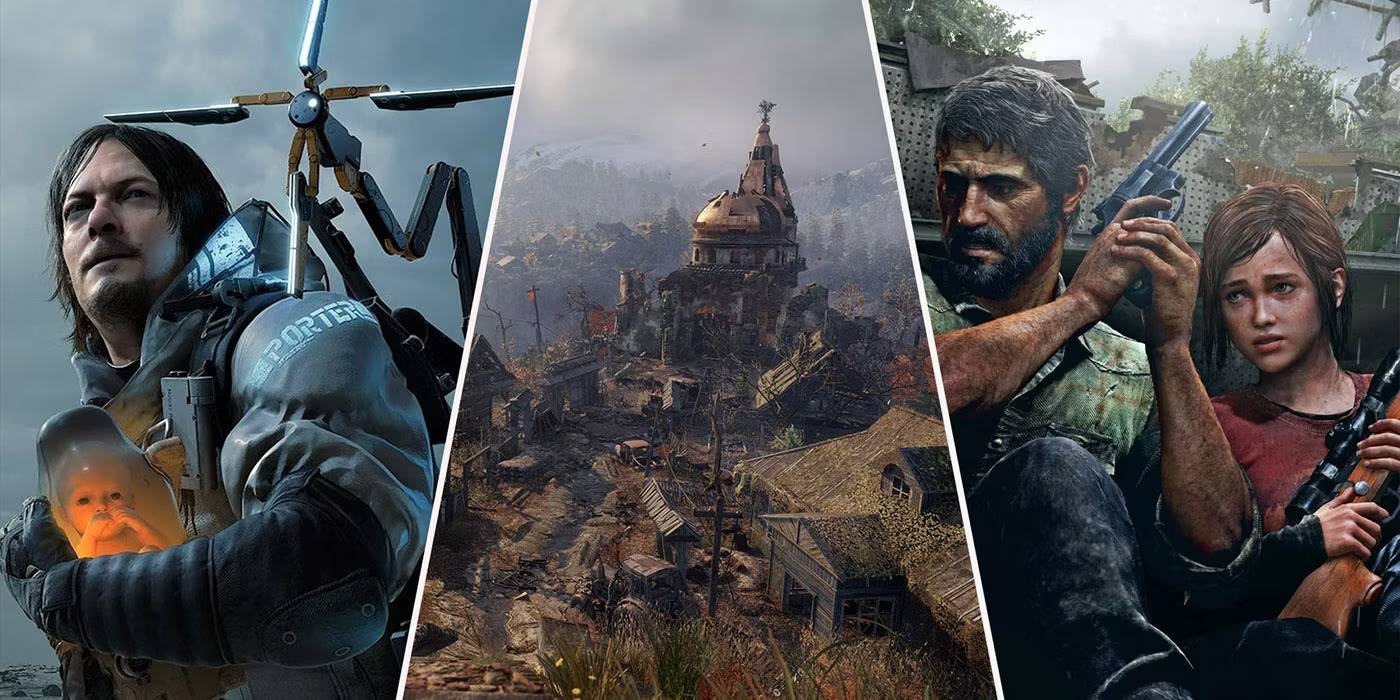7 Days to Die is a popular survival horror video game developed by The Fun Pimps. It combines elements of first-person shooters, tower defence, and role-playing games within an open-world setting. Here is an overview of gameplay features and zombies you may face in the world of 7 Days to Die!
Gameplay
Survival:
In “7 Days to Die,” survival is at the core of the gameplay experience. The post-apocalyptic world is teeming with zombies, and players must navigate this dangerous environment to stay alive. To achieve this, players engage in activities such as scavenging for essential resources like food, water, and materials. The scarcity of resources and the constant threat of zombie attacks create a sense of urgency, forcing players to make strategic decisions about when to explore, when to fortify their positions, and when to engage or avoid the undead.
Open World:
The game’s open-world design contributes to the sense of immersion and exploration. The world is procedurally generated, meaning that each playthrough offers a unique landscape with different terrain features, structures, and points of interest. This procedural generation, combined with a fully destructible environment, encourages players to venture into the unknown, discover new locations, and adapt their survival strategies based on the challenges posed by the specific world they are in. Biomes, such as forests, deserts, and snowy landscapes, not only impact the aesthetics but also affect gameplay and resource availability.
Day-Night Cycle:
The dynamic day-night cycle adds a layer of tension to the gameplay. As the sun sets, the world becomes more dangerous, with zombies becoming more aggressive and harder to detect. The title’s namesake, the Blood Moon Horde, introduces a weekly event that dramatically increases the intensity of the survival experience. Players must plan and prepare for the seventh-day horde, creating a recurring challenge that escalates in difficulty. This cycle forces players to balance daytime activities like resource gathering and exploration with night-time priorities such as fortification and defence.

Crafting and Building:
Crafting and building are integral components of “7 Days to Die.” Players collect resources from the environment, such as wood, stone, and metals, to craft a wide array of items, from basic tools and weapons to advanced structures. Building fortified bases is essential for surviving the nightly onslaught of zombies, especially during the Blood Moon events. The crafting system allows for creativity and strategic planning, as players design and upgrade their shelters to withstand increasingly formidable zombie attacks. The combination of crafting and building fosters a sense of ownership and personalization in the game world.
Character Progression:
Character progression introduces a role-playing element to the gameplay. As players survive and gain experience, they level up, earning skill points that can be invested in various attributes. These attributes include skills related to combat, crafting, and survival. By unlocking new crafting recipes and abilities, players can specialize their characters to suit different playstyles. This progression system adds depth and a sense of character development, giving players a tangible means to improve their chances of survival and tailor their skills to specific challenges they may encounter in the unforgiving world of “7 Days to Die.”
Cooperative Play
“7 Days to Die” offers a cooperative multiplayer experience, allowing players to join forces with others to enhance their chances of survival. In a multiplayer setting, individuals can form alliances, share resources, and collaborate on building fortified bases. The synergy of a group is particularly crucial during the Blood Moon Horde events, where larger and more well-coordinated groups have a better chance of successfully defending against the massive waves of zombies. Cooperative play fosters a sense of camaraderie as players work together to overcome the challenges of the post-apocalyptic world. It also opens up opportunities for specialization, where players can focus on specific roles such as scavenging, crafting, or combat, creating a more efficient and balanced group dynamic.
Active Development
“7 Days to Die” distinguishes itself by its commitment to ongoing development. The developers, The Fun Pimps, have consistently provided updates that introduce new features, enhancements, and content to the game. This commitment to active development ensures that players can look forward to a continually evolving gaming experience. Regular updates may include bug fixes, performance optimizations, new gameplay mechanics, and additional content, keeping the player base engaged and the game fresh. The active development also demonstrates a responsiveness to player feedback, helping to refine and improve the overall quality of the game over time.

Mod Support
One of the strengths of “7 Days to Die” lies in its robust mod community. The game offers extensive mod support, allowing players to customize and tailor their gaming experience according to their preferences. The mod community has created a plethora of user-generated content, ranging from new weapons and items to entirely new game mechanics and environments. This level of flexibility enhances the game’s replay ability, as players can explore different modded versions that cater to various playstyles and preferences. The mod support not only extends the lifespan of the game but also showcases the creativity and diversity within the community, fostering a collaborative spirit among players and mod developers alike.
How About You? Have you played 7 Days to Die? Let us know. We’d love to hear from you.
Other things you might want to know:
How many hours does it take to beat 7 Days to Die?
Around 50 hours of gameplay
Is 7 Days to Die better than the forest?
7 Days to die creates a better survival sandbox whereas the forest gives a denser and detailed story.
How much money did 7 Days to Die make?
Approximately $200,000,000 million dollars
Check out other articles by month:







